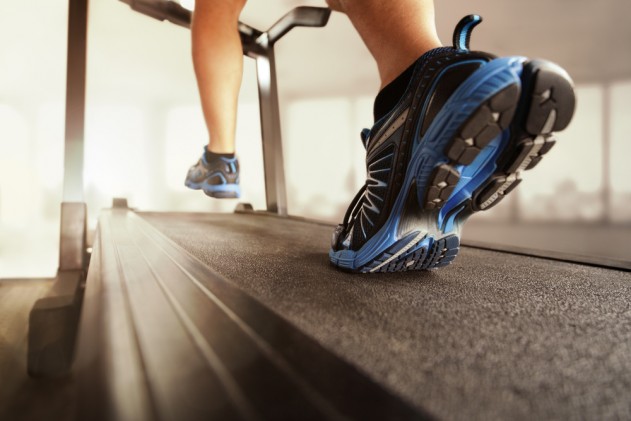The headline of this article could be interpreted in a variety of different ways. For the purposes of this blog post it will address our physical flexibility. Flexibility is an important measure of our physical fitness. Flexibility is just as important to our overall health as is strength, endurance, aerobic capacity and body composition.
One of the big problems that I encounter with my patients in my San Diego Chiropractic office is a lack of flexibility in the joints. Strong muscles that span flexible joints are ideal for everything from mundane household chores to weekend athletic adventures. A lack of stretching catches up to us when we perform movements beyond the normal for our lifestyles or activities. In some cases, an extreme movement can be something as simple as reaching to the table behind you for your cup of coffee. Neck pain, back pain, arm pain and leg pain can all occur as a result of injuries due to inflexibility.
As a general rule, as our bodies age, our physical fitness degrades. Regarding flexibility, we tend to loose it. That is why it is very important to develop flexibility when we are younger and maintain it as we get older. Even those of us in our forties or older must try to regain some and maintain most of our flexibility even though we are not 20 something anymore.
I always tell people to think about how much strength, endurance or in this case flexibility that they have lost in the last 10 or 20 years. I know that I am not as physically fit as I was when I was 20 or even 30 years old. There is no way that I want that same trend to continue over the next 20 years. In order to prevent the atrophy of our bodies we have to maintain them through stretching and exercise.
In addition to perhaps regaining the ability to touch your toes, becoming more flexible will also help in the following ways.
1) Helps Relieve Stress: Flexible muscles are loose and relaxed muscles. Loose, flexible muscles are less likely to tighten up during stressful, tense situations.
2) Helps Improve Posture: Loose muscles help your body maintain better posture. Avoiding unnecessary postural stress will help you feel better.
3) Helps Increase Circulation: Increased circulation comes as a result of consistent stretching. Improved circulation helps bring nourishment to your muscles while removing toxic build-up of lactic acid and other waste products.
4) Helps Improve Coordination: Stretching will improve your joints range of motion providing for better balance, mobility and coordination. Improved coordination will help us with all athletic activities and help prevent falls as we age.
I always recommend stretching in the form of Yoga. Stores like Target have many instructional DVDs on Yoga. Linda and I have always found that Rodney Yee produces better than average DVD courses on Yoga. If you are not experienced in Yoga you will need to start with a beginners course, many people look at Yoga and assume that it is easy. THIS IS NOT THE CASE. Yoga is not only a great stretch but an excellent work out and you can hurt yourself if you over-do it.
Some guidelines for safe stretching include:
1) Warm up Before You Begin
2) Don’t Bounce While Stretching
3) Avoid Pain While Stretching – It Should Feel Like A Good Stretch – Not A Painful One
4) Stretch Both Sides
5) Stretch Both Before and After Exercise




